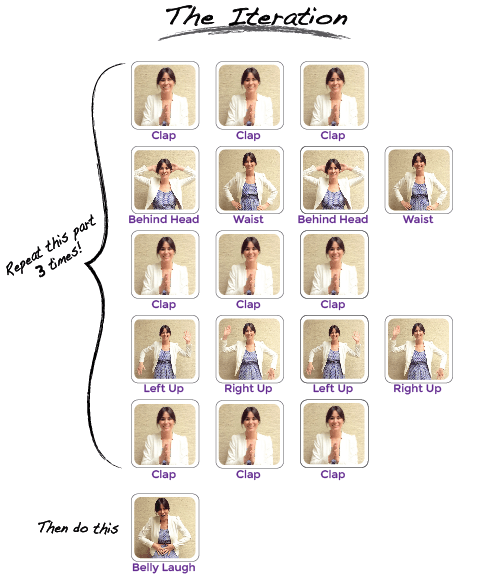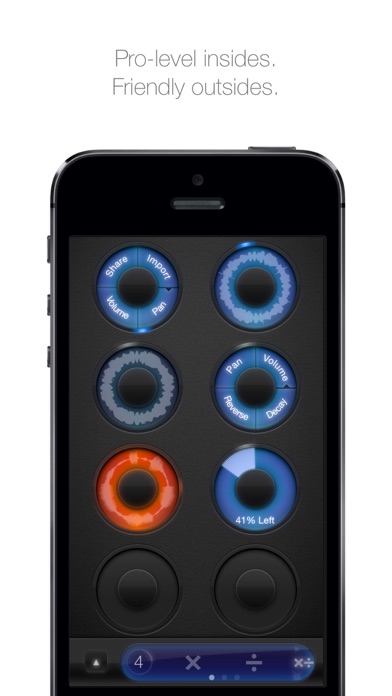

Kurihara, T., Aridome, M., Ayade, H., Zaid, I. Entrainment dominates the interaction of microalgae with micron-sized objects. Enhanced diffusion of nonswimmers in a three-dimensional bath of motile bacteria. Induced diffusion of tracers in a bacterial suspension: theory and experiments. L., Dunstan, J., Rousselet, A., Clément, E. Enhancement of biomixing by swimming algal cells in two-dimensional films. Enhanced diffusion due to active swimmers at a solid surface. Dynamics of enhanced tracer diffusion in suspensions of swimming eukaryotic microorganisms. Particle diffusion in a quasi-two-dimensional bacterial bath. Collective hydrodynamics of swimming microorganisms: living fluids. Active matter at the interface between materials science and cell biology.

Our framework can be applied to address important theoretical questions, such as the thermodynamics of active systems 13, and practical ones, such as the interaction of swimming microorganisms with nutrients and other small particles 14 (for example, degraded plastic) and the design of artificial nanoscale machines 15. The duration of this regime can be tuned by the swimmer density, suggesting that the optimal foraging strategy of swimming microorganisms might depend crucially on their density in order to exploit the Lévy flights of nutrients 12. The theory predicts a long-lived Lévy flight regime 11 of the loopy tracer motion with a non-monotonic crossover between two different power-law exponents.

Here we develop a theoretical framework to model the hydrodynamic interactions between the tracer and the active swimmers, which shows that the tracer follows a non-Markovian coloured Poisson process that accounts for all empirical observations. Although these characteristic features have been extensively observed experimentally, there is so far no comprehensive theory explaining how they emerge from the microscopic dynamics of the system. The diffusion process followed by a passive tracer in prototypical active media, such as suspensions of active colloids or swimming microorganisms 2, differs considerably from Brownian motion, as revealed by a greatly enhanced diffusion coefficient 3, 4, 5, 6, 7, 8, 9, 10 and non-Gaussian statistics of the tracer displacements 6, 9, 10. However, many real-world systems are intrinsically out of equilibrium owing to energy-dissipating active processes underlying their mechanical and dynamical features 1. Brownian motion is widely used as a model of diffusion in equilibrium media throughout the physical, chemical and biological sciences.


 0 kommentar(er)
0 kommentar(er)
